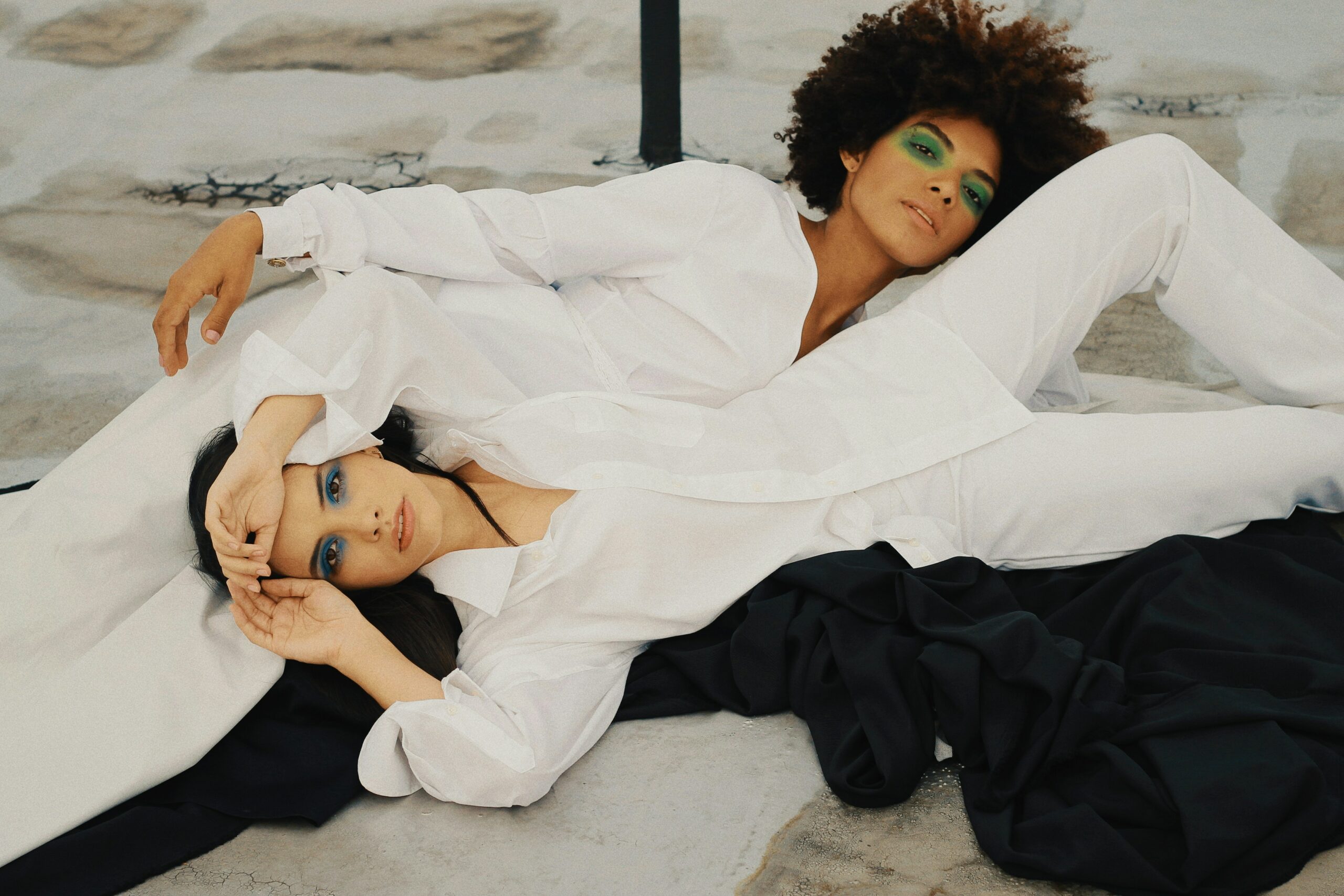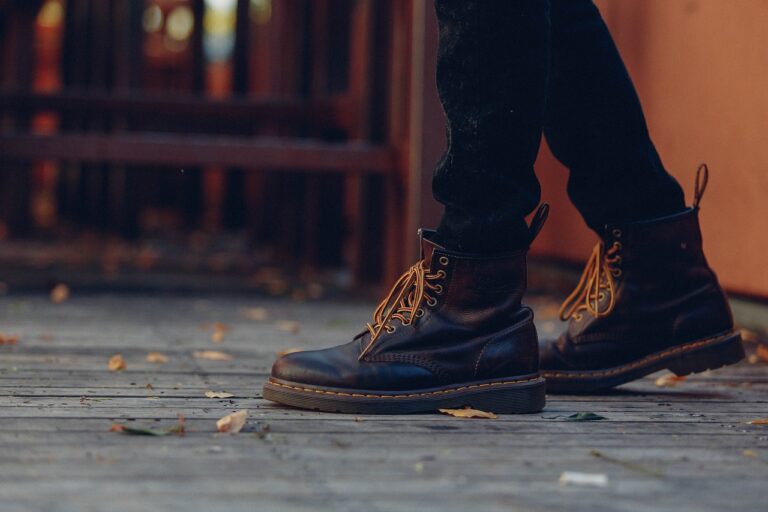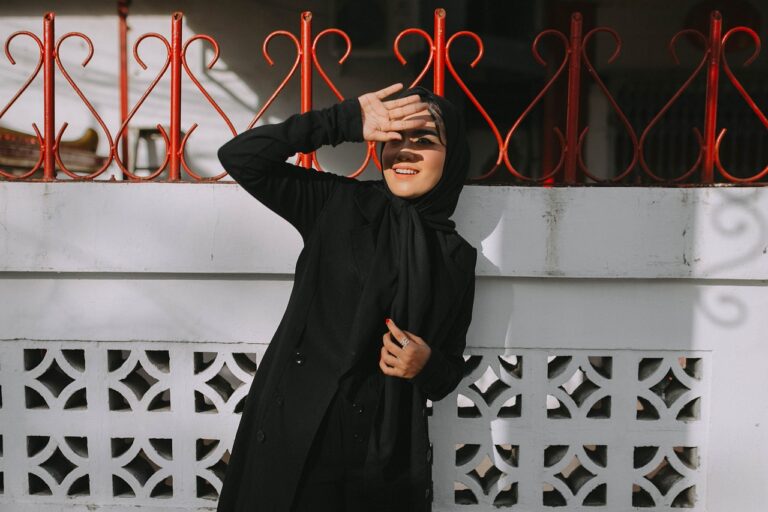The Role of Fashion in Expressing Cultural Identity
In the diverse tapestry of cultural identity, language stands as a fundamental pillar that binds communities together. Language acts as a source of communication, preserving traditions and beliefs that have been passed down through generations. It shapes the way individuals perceive the world around them and serves as a marker of one’s cultural heritage.
Another key element of cultural identity is traditional attire, which reflects the unique history and values of a community. Clothing styles and accessories often carry symbolic meanings, showcasing the artistic expression and craftsmanship of a particular culture. Through fashion, individuals can proudly display their cultural roots and connect with others who share similar traditions.
• Language is a fundamental pillar of cultural identity, serving as a source of communication and preserving traditions
• Traditional attire reflects the unique history and values of a community, showcasing artistic expression and craftsmanship
• Clothing styles and accessories often carry symbolic meanings, allowing individuals to proudly display their cultural roots
History of Fashion and Cultural Identity
Fashion and cultural identity have always been intricately intertwined throughout history. From traditional garments passed down through generations to contemporary interpretations of cultural attire, clothing serves as a key marker of one’s identity and heritage. The evolution of fashion reflects the social, political, and economic dynamics of different societies, shaping and reshaping cultural identities over time.
Throughout the centuries, fashion trends have been heavily influenced by cultural exchanges and historical events. The migration of people, colonization, and trade routes have all played significant roles in the spread and adaptation of styles, fabrics, and techniques across different regions. As a result, fashion has become a universal language that transcends boundaries, showcasing the rich tapestry of diverse cultures and their unique identities.
Influence of Globalization on Cultural Fashion
Globalization has undeniably altered the landscape of cultural fashion, blurring the lines between traditional styles and contemporary trends. As borders between nations become more permeable, the exchange of ideas and influences has led to a fusion of diverse cultural elements within the realm of fashion. This interconnectedness has resulted in a cross-pollination of design aesthetics and clothing traditions, giving rise to hybrid styles that reflect a global mindset.
In today’s globalized world, fashion is no longer confined to specific cultural boundaries but instead draws inspiration from a myriad of sources. As designers and consumers are exposed to a plethora of perspectives and traditions from around the world, fashion has evolved into a dynamic and ever-changing entity. The infusion of cultural diversity in fashion not only celebrates individual heritage but also fosters a sense of solidarity and mutual appreciation among different societies.
How does globalization impact cultural fashion?
Globalization has led to the spread of ideas, technology, and communication, allowing for the exchange of fashion trends and styles between different cultures.
What are some key elements of cultural identity in fashion?
Key elements of cultural identity in fashion include traditional clothing, patterns, colors, and techniques that have been passed down through generations within a specific culture.
How has the history of fashion influenced cultural identity?
The history of fashion reflects the evolution of cultural identity, as clothing and style choices can be influenced by historical events, social norms, and traditions within a particular culture.
What are some examples of how globalization has influenced cultural fashion?
Globalization has led to the popularity of traditional clothing styles from different cultures being adopted and adapted by fashion designers around the world, leading to a fusion of various cultural elements in modern fashion trends.






